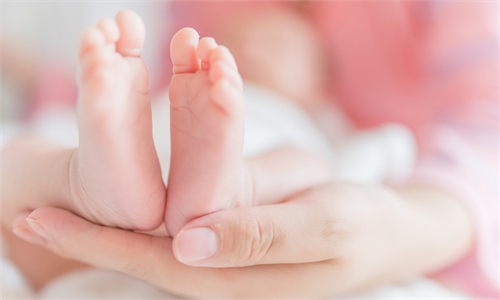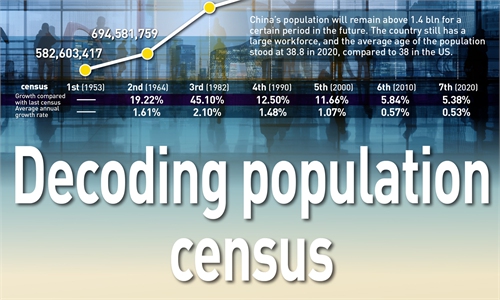Further observation required to determine whether China has fallen into 'low fertility trap': population census office

Babies participate in a baby crawling contest at a shopping center in Daxing district, Beijing, capital of China, September 13, 2020. Photo: Xinhua
It is not yet the time to claim that China has fallen into the "low fertility trap," even though the latest population census shows the country's fertility rate has dropped below the warning line, said the head of the office of population census from the State Council.
International standards consider a fertility rate of 1.5 to be a "highly sensitive warning line," the director of the census office announced on Chinese media on Thursday, adding that a country is likely to fall into the "low fertility trap" once the rate slips below 1.5.
The latest Seventh National Population Census shows that China's total fertility rate was 1.3 in 2020, which is already at a relatively low level, said the official, adding that "it had a slight rebound after China implemented the comprehensive two-child policy (in 2016], and then gradually declined."
The sudden outbreak of COVID-19 also played a part in the decline of China's fertility rate in 2020, the official said.
Nonetheless, the "low fertility trap" happens when the total fertility rate stays at a level below 1.5 for a period of time, the official noted.
2020 was the first year that China's total fertility rate dropped below 1.5 since the sixth census in 2010. For this reason, further observation is required to confirm whether the rate will keep a trend below 1.5, said the official.
The "low fertility trap" mainly indicates that once the fertility rate of a country or a region falls below 1.5, it may be very difficult to recover.



